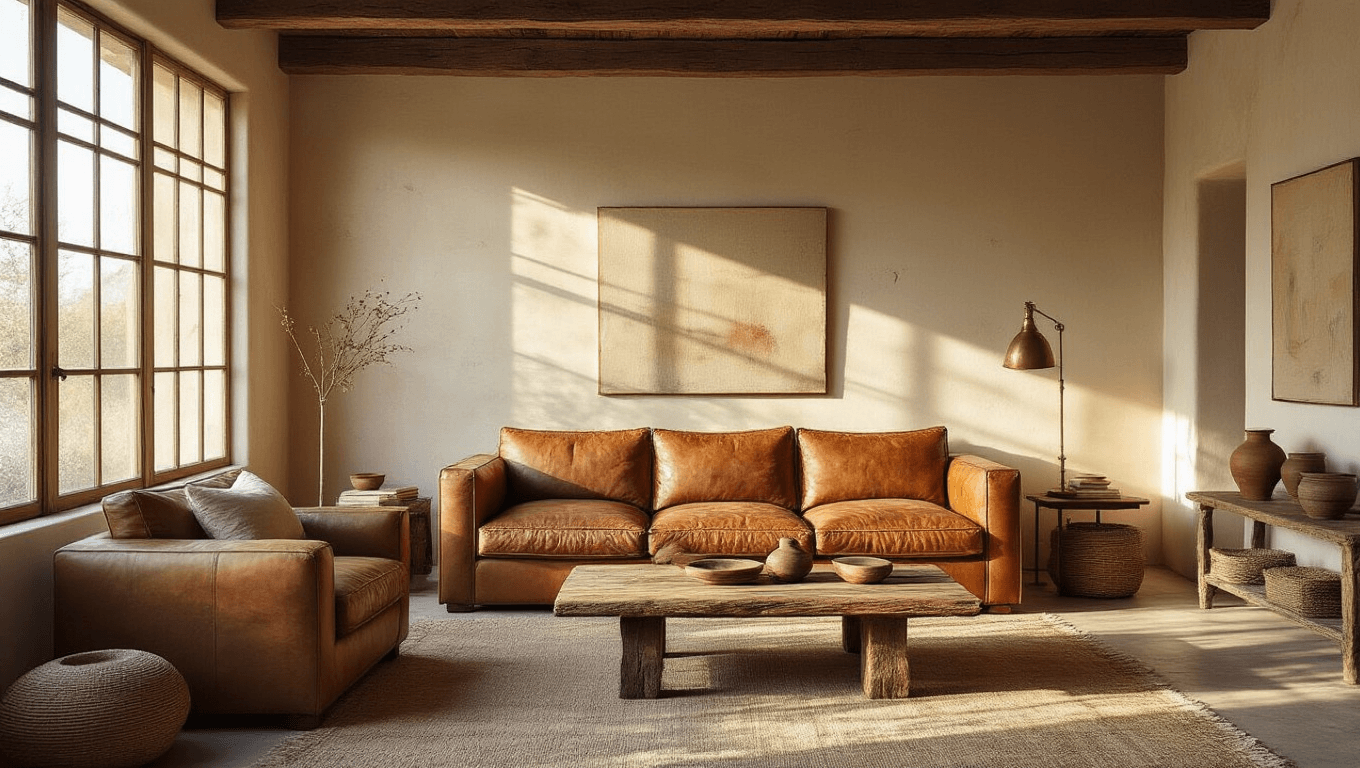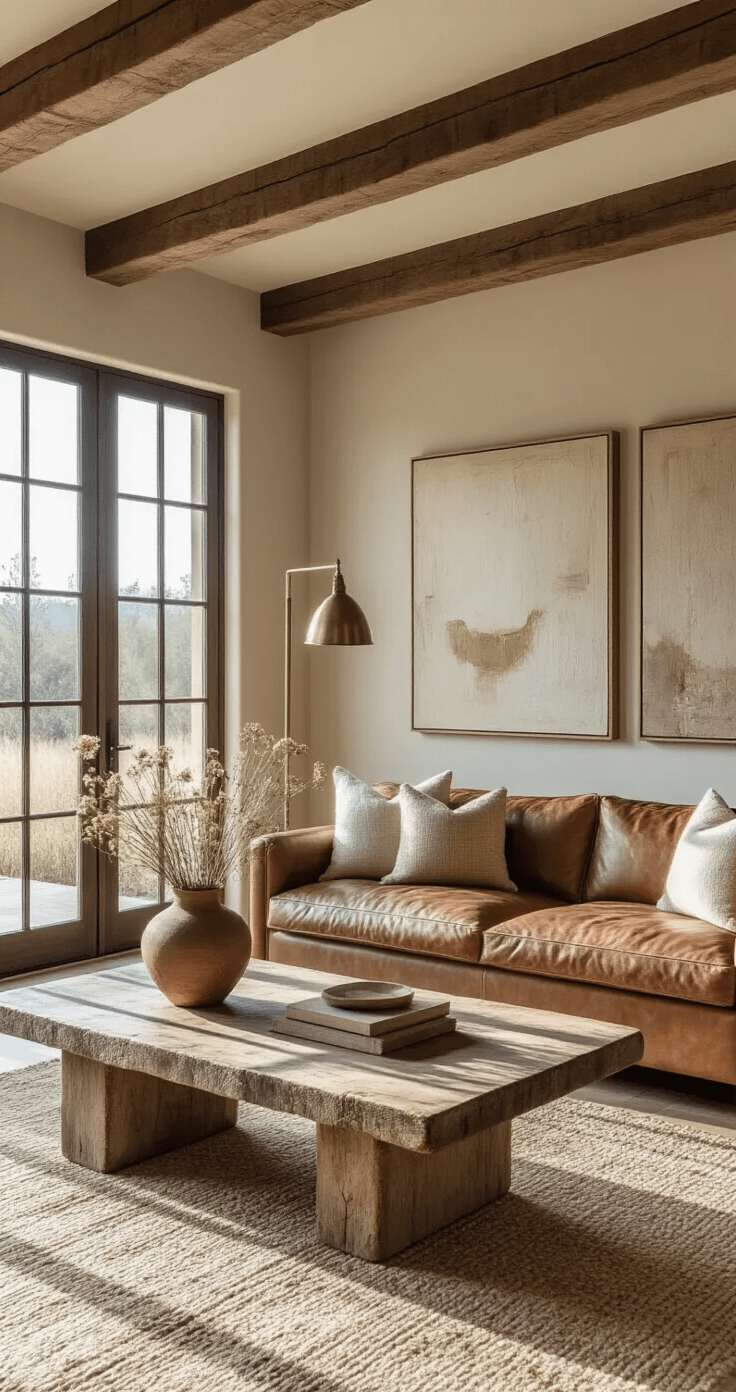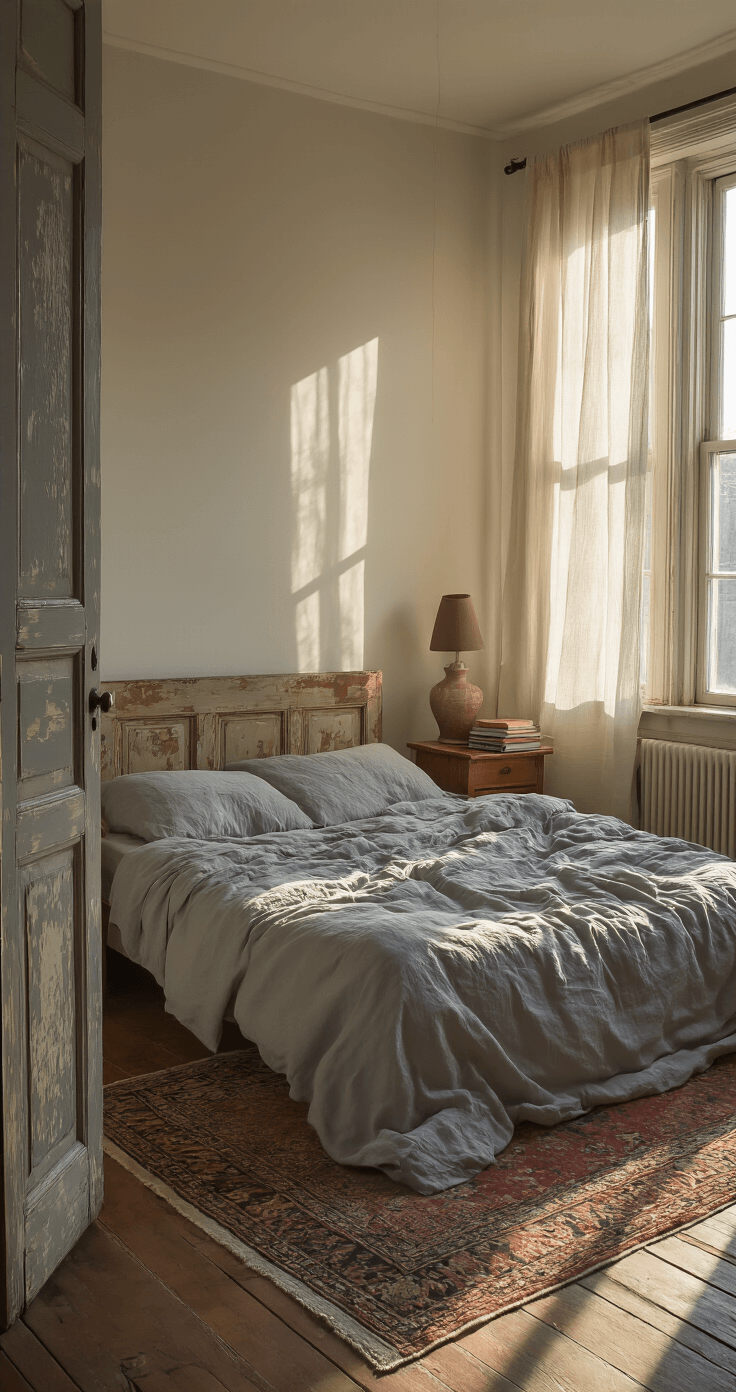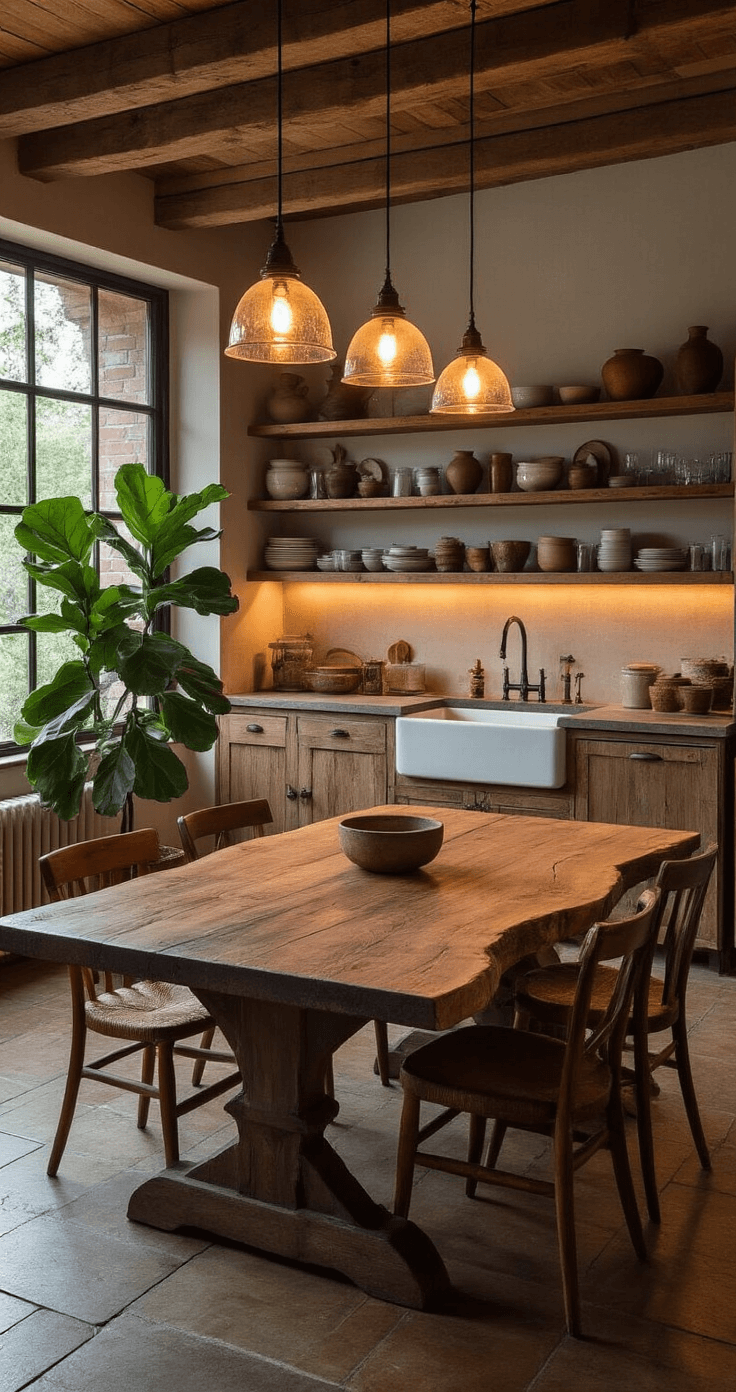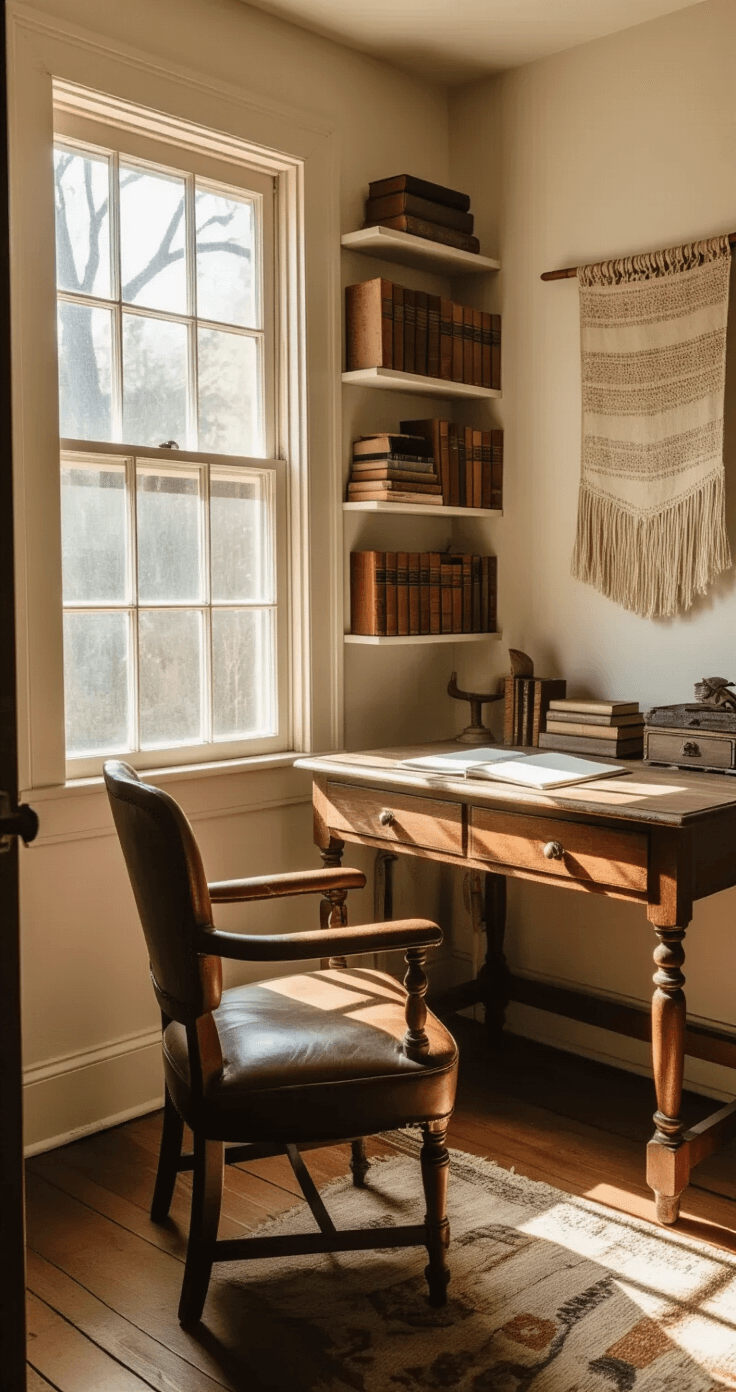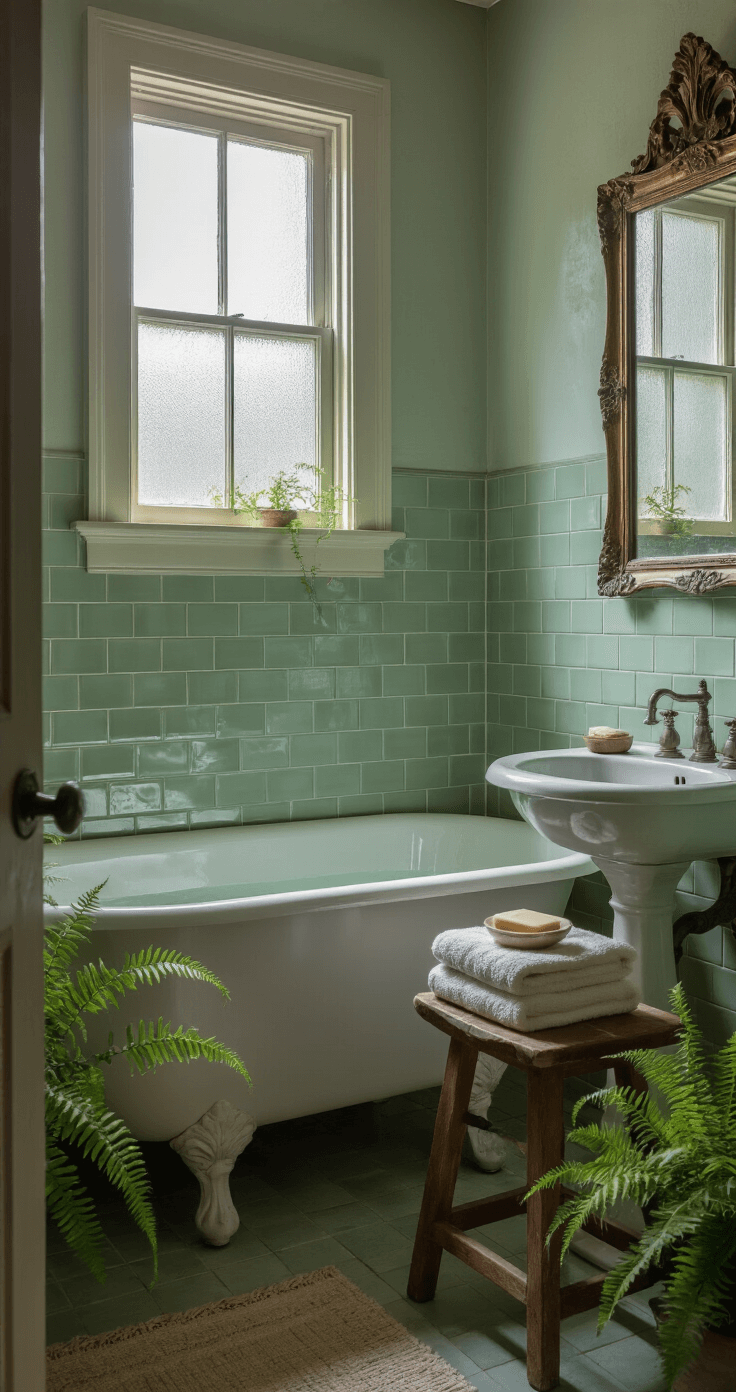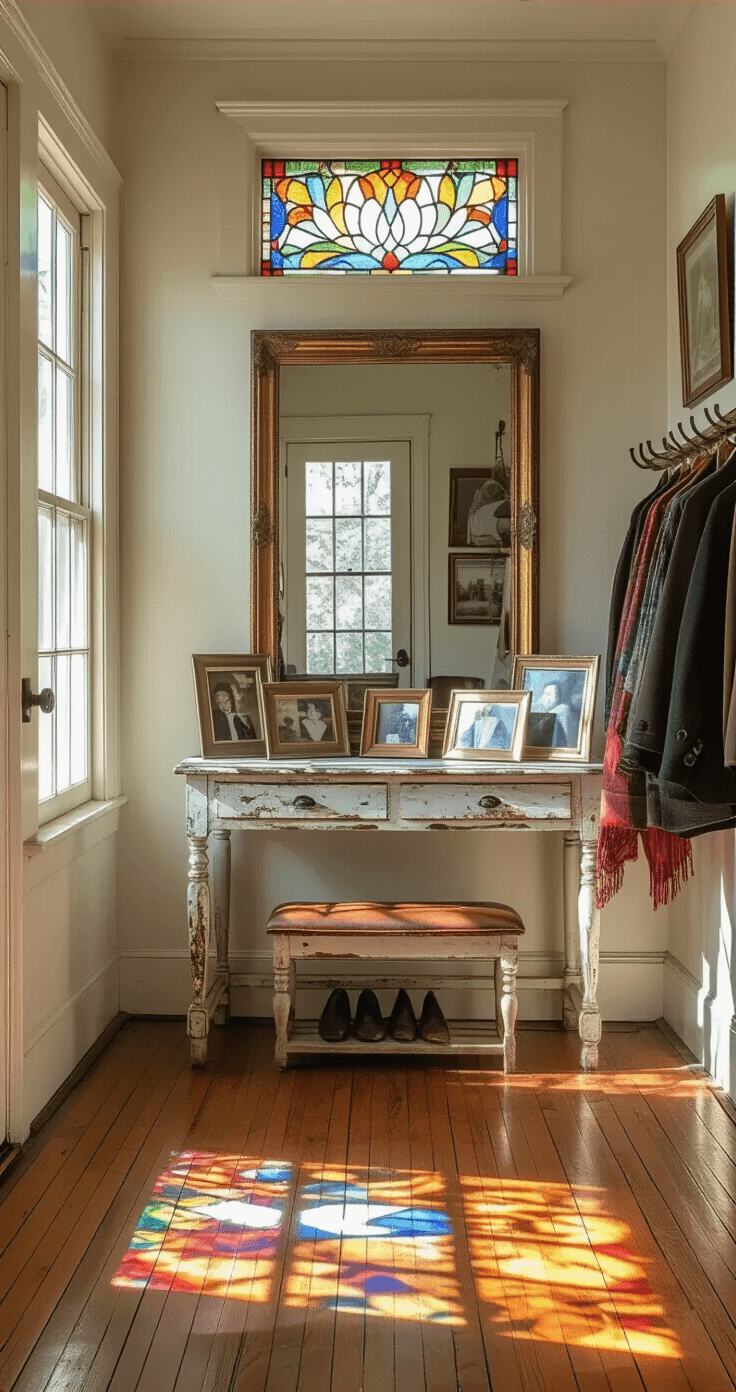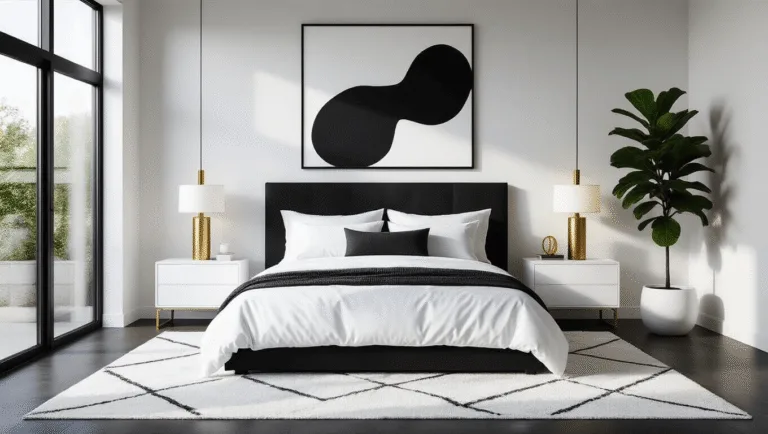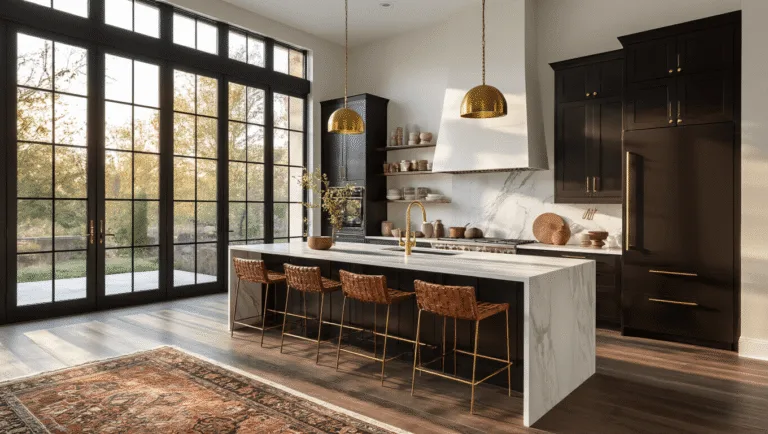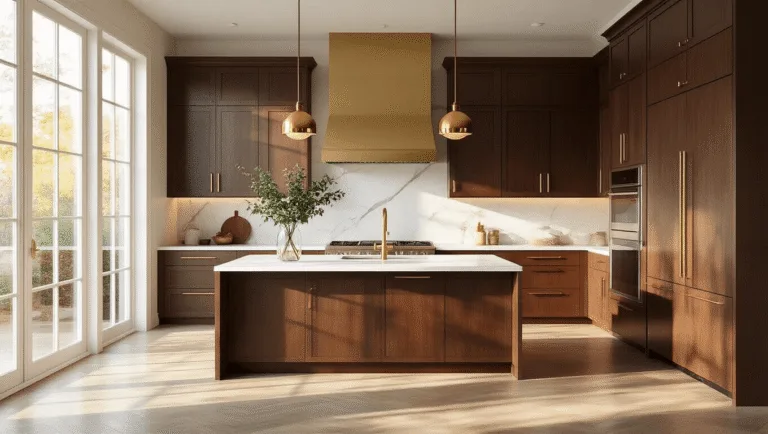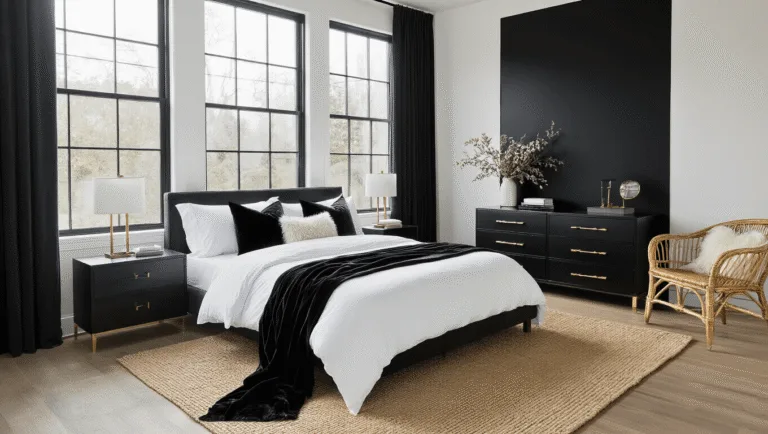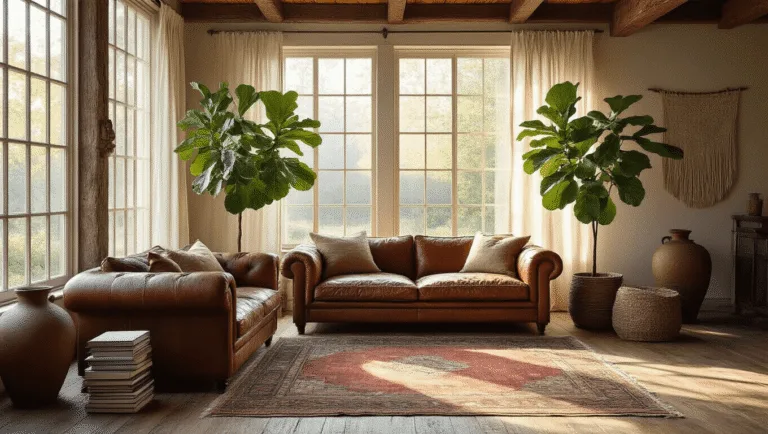This post may contain affiliate links. Please see my disclosure policy for details.
Wabi-Sabi: Embracing the Beauty of Imperfection in Home Decor
Contents
Ever felt like your home just doesn’t measure up to those picture-perfect Instagram interiors? Well, I’ve got news for you – it’s time to throw that idea out the window and embrace the messy, beautiful chaos of real life. Welcome to the world of wabi-sabi decor, where chips, cracks, and worn edges aren’t just tolerated – they’re celebrated!
What the heck is wabi-sabi, you ask?
It’s a Japanese philosophy that’s all about finding beauty in the imperfect, impermanent, and incomplete. Think of it as the anti-Marie Kondo approach to decorating. Instead of obsessing over pristine surfaces and matching sets, wabi-sabi encourages us to appreciate the unique character that comes with age and use.
Why should you care about wabi-sabi?
- It’s a breath of fresh air in our perfection-obsessed world
- It celebrates authenticity and individuality
- It can save you money (no more replacing things just because they’re a bit worn!)
- It creates a calming, lived-in atmosphere that feels like home
Ready to dive into the wonderful world of wabi-sabi? Let’s break it down:
Embrace the Imperfect
Forget about hiding those scratches on your coffee table or that chip in your favorite mug. In wabi-sabi, these “flaws” are what give objects their charm and story. That crack? It’s not a defect – it’s character!
- Display items with visible repairs (look up “kintsugi” for some gorgeous inspiration)
- Choose handmade or artisanal pieces over mass-produced perfection
- Let wood furniture develop a natural patina instead of refinishing
Nature Knows Best
Wabi-sabi takes its cues from the natural world, where nothing is perfectly symmetrical or everlasting. Bring this organic feel into your home with:
- Natural materials like wood, stone, and clay
- Irregular shapes and forms
- Plants (the more wildly overgrown, the better!)
Keep It Simple, Sweetheart
Clutter is the enemy of wabi-sabi. This philosophy is all about paring down to the essentials and appreciating what you have. Here’s how:
- Curate your possessions – keep only what’s truly meaningful or useful
- Create open spaces that allow your eyes (and mind) to rest
- Choose quality over quantity
Old is Gold
In the wabi-sabi world, age isn’t something to hide – it’s something to celebrate. Incorporate this idea by:
- Mixing vintage and antique pieces with modern elements
- Displaying family heirlooms or objects with personal history
- Upcycling or repurposing old items to give them new life
Color Me Calm
The wabi-sabi palette is all about soothing, earthy tones that create a sense of tranquility. Think:
- Muted neutrals like beige, gray, and cream
- Soft, weathered pastels
- Deep, rich earth tones
Texture is Your Friend
Without bright colors or flashy patterns, texture becomes the star of the show in wabi-sabi interiors. Play with:
- Rough-hewn wood
- Nubby linens
- Raw ceramics
- Weathered metals
The Human Touch
In a world of mass production, wabi-sabi celebrates the beauty of handcrafted items. Look for:
- Pottery with visible fingerprints or tool marks
- Hand-woven textiles with slight irregularities
- Furniture made by local artisans
Remember, wabi-sabi isn’t about creating a perfect “look” – it’s about cultivating a mindset of appreciation for the imperfect beauty that surrounds us every day. So relax, let go of those unrealistic Pinterest expectations, and start seeing the magic in the cracks and wrinkles of your home.
After all, isn’t that what makes a house truly feel like home? Those little imperfections that tell the story of your life and the people you love? That’s the real beauty of wabi-sabi – it turns your living space into a reflection of your authentic self, flaws and all.
So go ahead, embrace the wonky, the worn, and the wonderfully imperfect. Your home (and your stress levels) will thank you for it!

